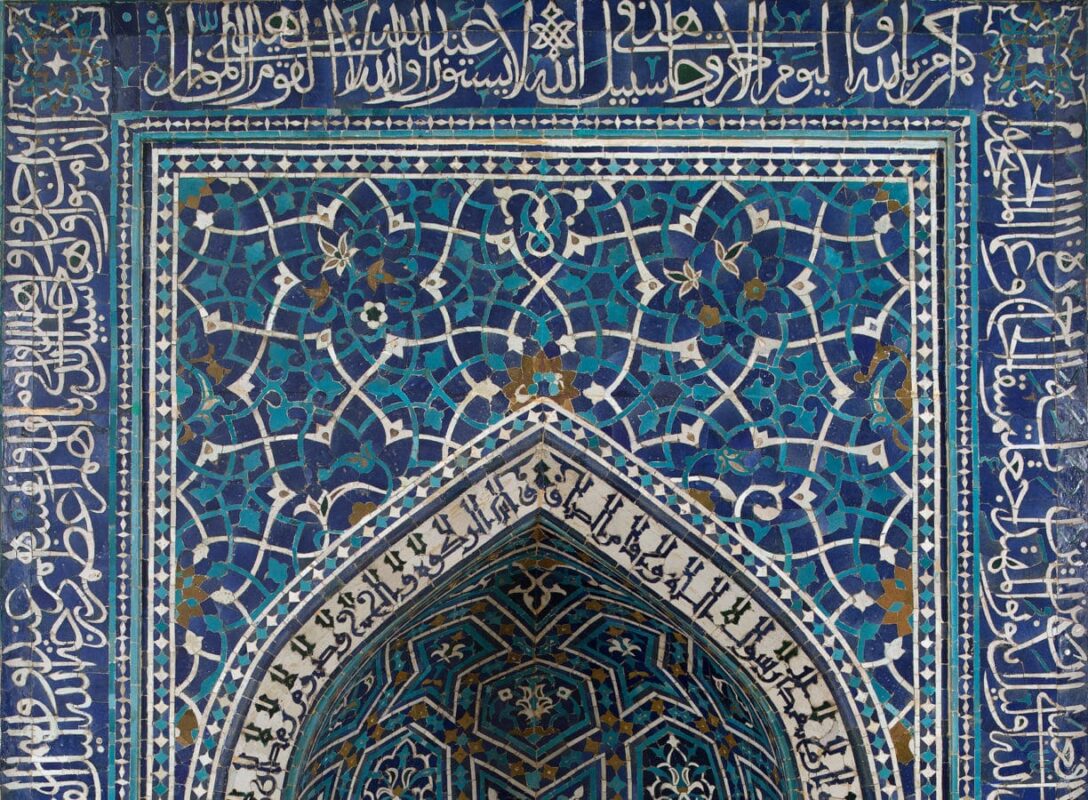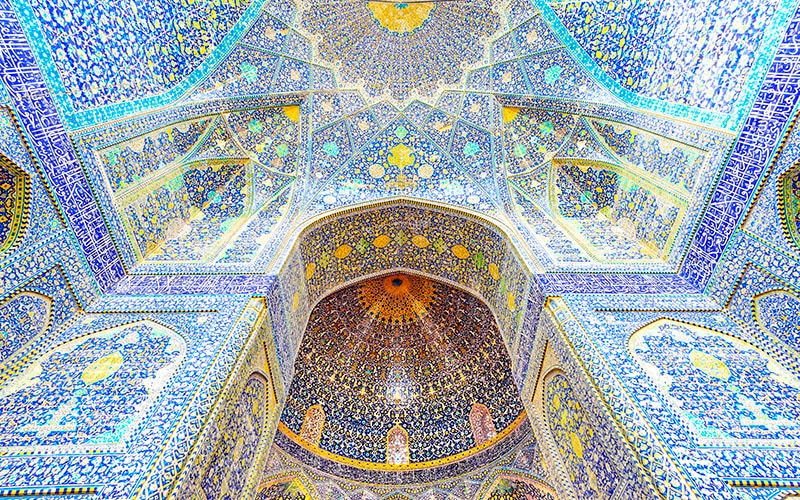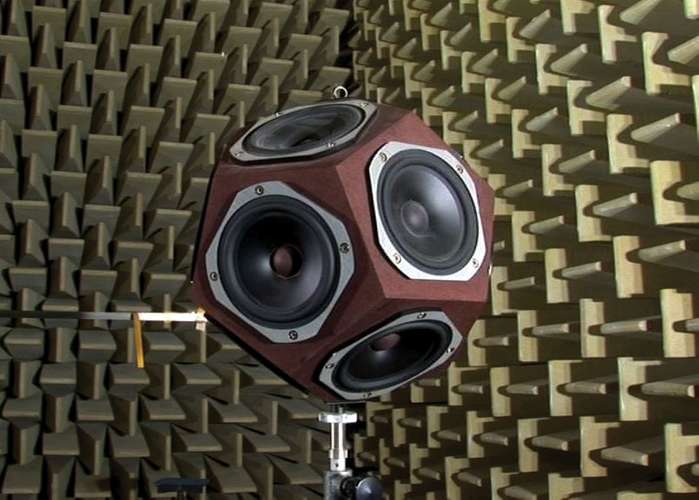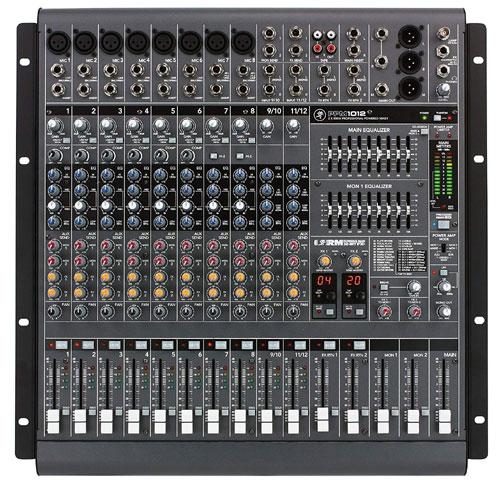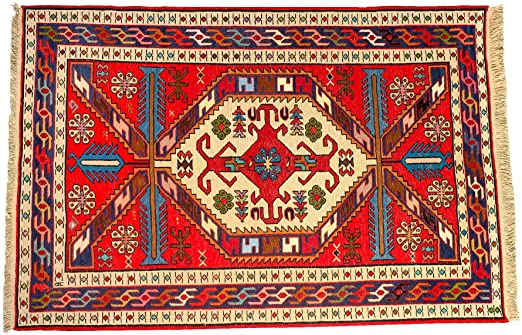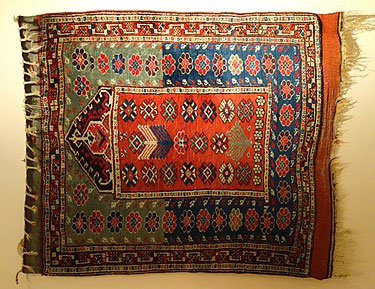
MOSQUE MIHRAB
A Mosque Mihrab is marks the wall that Muslims face to pray towards Mecca. Concave mihrabs and two dimensional, or flat mihrabs are the most common.
The concave mihrab creates a niche in the qibla face that magnifies and bounces sound back, thus creating an acoustic device as well as a focal point used for submission in prayer. Flat mihrabs, with the purpose of more private devotion, disperse sound. Although both flat and concave mihrabs give the illusion of directionality in mosques today, they have a complex history about their purpose and how they came to be prominent features in prayer.
History of Mihrab
Mosque Mihrabs have grown in importance over the years in Islam. Some scholars believe they marked the position of the ruling party in the palace. However, the mihrab became a significant part of all mosques, suggesting that they represent the location where the prophet, Muhammad would lead the prayer. (Gabar, 1973, p.121) Both the flat and concave mihrabs symbolize the gate to the Divine through their iconography.

Intricate and dynamic designs ornament the concave mihrab as well as serve religious purposes. Geometric patterns such as polygons or stars adorn this kind of mihrab, as well as linear patterns and calligraphy. The calligraphy is Quranic verses or devotions to God and is the vehicle of how God’s word reaches the people. Nature is present in the design but the plant-life such as rosettes or vines are stylized to deny naturalism. Repetition of patterns is common and suggests the infinite God beyond all. The concave mihrabs consisted of glazed tiles and in the 14th century started being inserted into the niche shape through the mosaic process of putting smaller pieces together. (Phaidon, 2007, p. 642)
Flat Mihrabs most commonly have the same motif of a lamp surrounded by candlesticks. They also include the calligraphy or inscriptions, like the concave mihrab. The lamps motifs are mosque lamps which are associated with prayer and having the light of god present in the mosque (Khoury, p.12). The candle and lamp under an arch motif is also found on tombstones. The difference between the two being that the mihrabs have the Quranic verses while the tombstones have funerary details.
The mihrab to the right is in the mosaic style from ceramic tiles. The rosettes, lines and inscriptions leave no empty space. Although this mihrab is now located in the Metropolitan Museum of Art it was originally in Isfahan, Iran where the inscriptions where a reminder of faith. The outermost border contains a verse from the Quran about the role of one who is faithful in a mosque. The niche border has a hadith about the five pillars of Islamic faith while the middle portion says that all who believe in God are welcome. (Phaidon, 2007, p.642)

